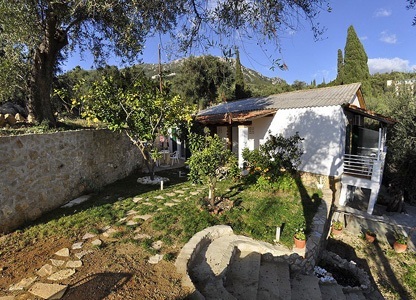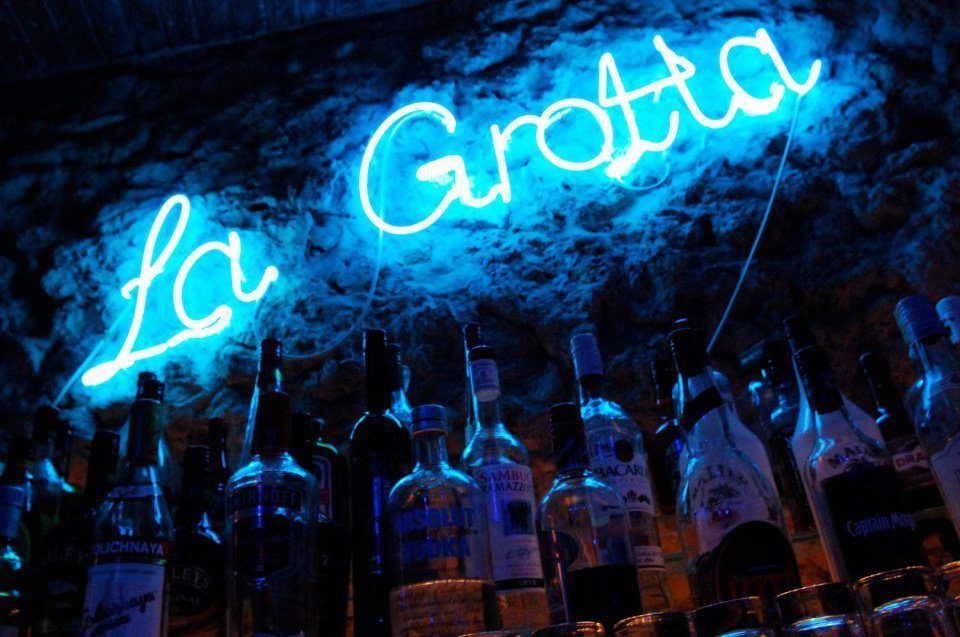The men's monastery of "Panagia Paleokastritsa" in Corfu was established in 1225, although the building seen today is of the Ottoman era.
The first buildings were probably parts of the fortification of an older castle that gave the monastery the name "Paleocastritsa" (old castle). It was destroyed by the Genoese in 1403, rebuilt in 1469 and destroyed again in 1537 by the Turks. In 1572, it was built up again and thus it is preserved until today with several additions and repairs,such as the northern entrance of 1722.
Reason for the construction of the monasterywas the finding of the sacred icon of the Most Holy Theotokos. In the 19th century, it intrigued the British Commissioners of the island, who opened up the road that leads to Palaeocastritsa.
The monastery has a small museum of Byzantine and post-Byzantineicons and a collection of vestments, holy books, religious items and utensils.
The monastery celebrates on August 15, the feast of the Assumption of the Most Holy Theotokos, as well as on the first Friday after Easter, when the feast of the Life Giving Fountain is celebrated.
The monastery of Palaeocastritsa lies 25 km NW of the city of Corfu, in a location of a wonderful scenery, on the right side of the bay of Paleocastritsa. It is a major tourist destination because of the unsurpassednatural beauty that surrounds it.











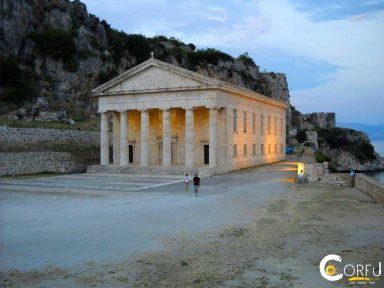



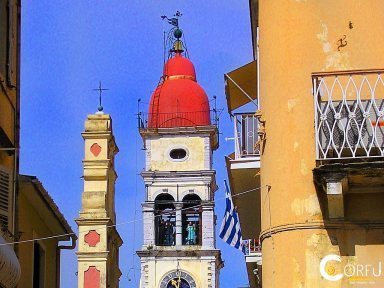





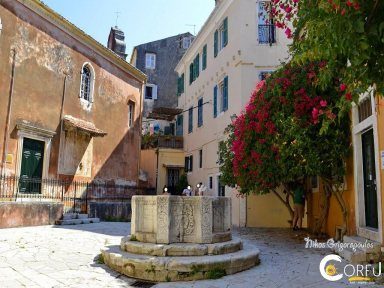








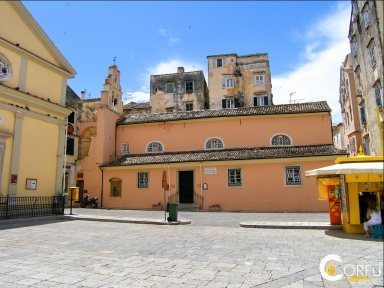



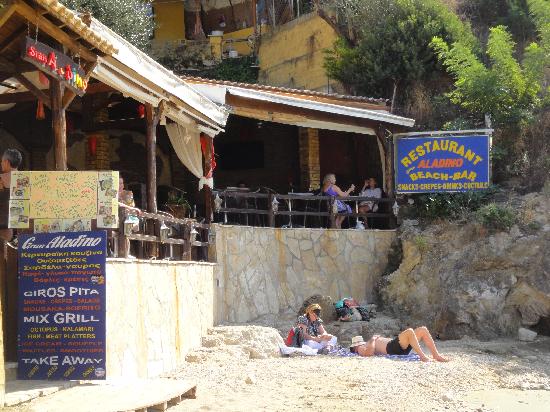
 Corfu Beach Bars
Corfu Beach Bars

 Corfu Restaurants
Corfu Restaurants

 Corfu Hotels
Corfu Hotels

 Corfu Boat Rentals
Corfu Boat Rentals

 Corfu Holiday Rentals
Corfu Holiday Rentals


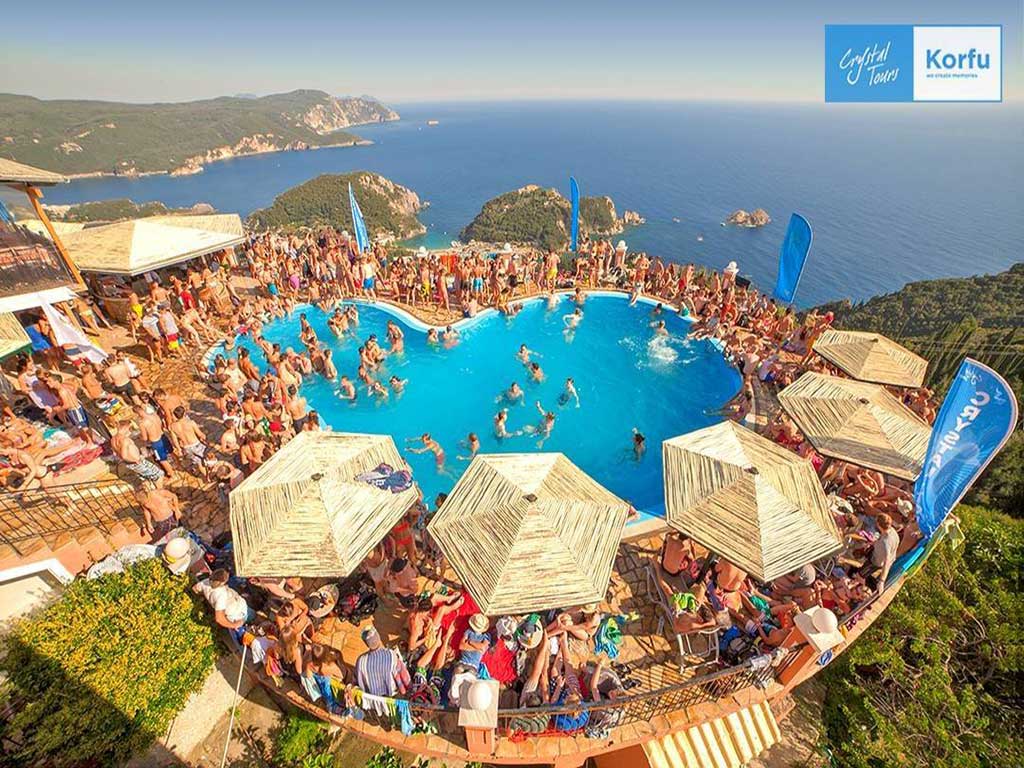


 Corfu Villas for Rent
Corfu Villas for Rent

 Corfu Cafe Bars
Corfu Cafe Bars





